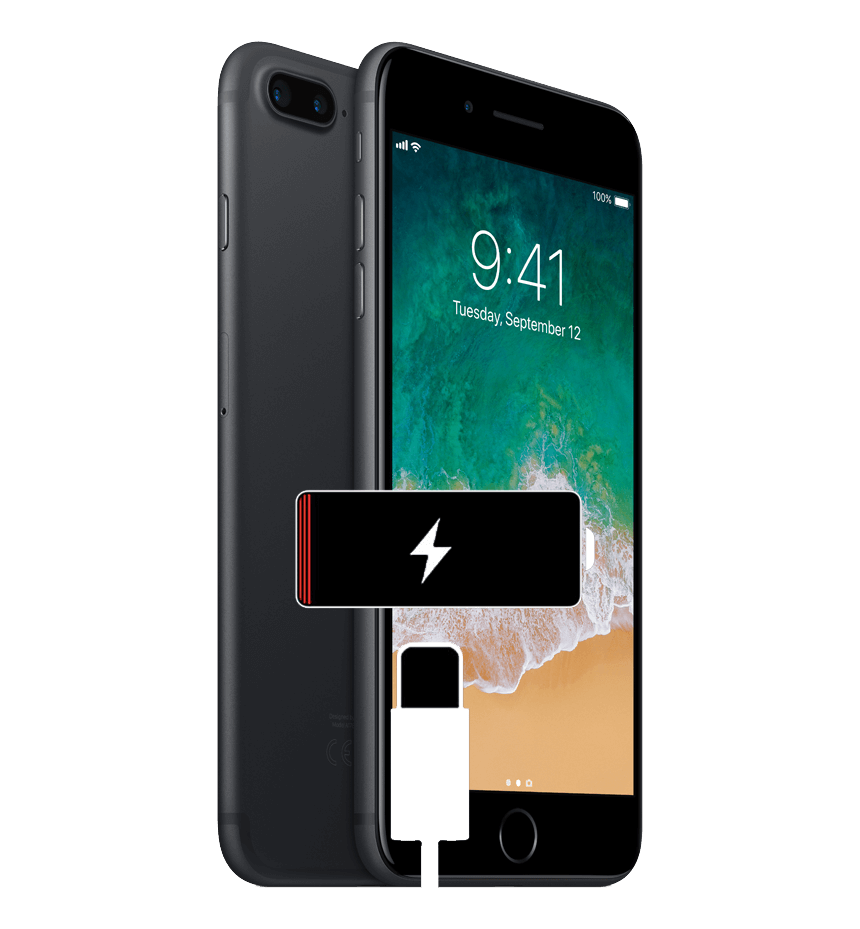Battery technology is moving FAST right now.
Most replacement batteries last longer than the original battery.
Extended life batteries available for 85% of all smart phones ✧
There's nothing worse than a dead battery halfway through your day. Kick that portable charger to the curb and get a new - extended life battery installed fast - for less than you'd think.
Looking for fast and affordable battery upgrade or replacement near Laurel, MS?
Call us now or schedule your repair online. We fix iPhone, Samsung, Motorola, and more — same day, on-site, in-shop, or free 2-day mail-in for distant customer.

How Much Does Battery Repair Cost Near Me?
We get this question every day. Our repairs start at just $49.95 for a replacement battery and can be installed in about 30 minutes. Extended battery installations starts at just $59.95 depending on your device, and we offer same-day service in Laurel, Ellisville, Hattiesburg, and surrounding areas.
| Device Type | Model Examples | Starting Price |
|---|---|---|
| iPhone | 8, X, 11, 12, 13, 14, 15 | $59-$129 |
| Samsung Galaxy | S8, S9, S10, S20, S21 | $79–$139 |
| Google Pixel | Pixel 3, 4, 5, 6, 7 | $79–$129 |
| Tablet & iPad | iPad Air, Mini, Pro; Galaxy Tab | $99–$149 |
Exact pricing determined after a free diagnostic. Click Schedule Your Repair to book now.
What phones have the best charging?
Here are the most likely brands by battery failure over a 1 year period (total capacity drops by 20% or more).
On average, capacity drops by 1% per month, hitting ~88% after one year. You'll notice a big difference once you battery capacity is below 80%.
Source: Apple Support
FAQs on Battery and Charging Repair
I’ve seen every possible charging failure under my bench lamp—phones that only charge to 90%, backs that are so bloated they look like fat Al on a swimming pool floaty, and models whose USB-C connectors simply do nothing.
How much extra life do I get by lowering screen brightness?
Turning down your screen can add up to 2 extra hours of runtime on a full charge.
Sources: Asurion SquareTrade
How much battery do background apps consume?
Background processes account for ~29% of daily drain even when your screen is off. Need help turning those off? Give me call! Im always happy to help.
Source: SIGMOBILE’15 Study
Join our mailing list for the latest updates and special offers.
Sign up for our newsletter to receive exclusive promotions and repair tips straight to your inbox.